Razer may have shown off what many consider a game-changer in the world of tablets, but I think equally important is the Razer Blade, a full-fledged 17″ gaming laptop. It’s not revolutionary in any way but one: it looks as slick as can be. It has the same design finesse of an Apple MacBook Pro, but with the parts and specs of a high-end gaming machine. Put it next to a 17″ MacBook Pro and you’d think that Apple now has an evil twin brother, with snakes growing out the top of its head.
You wouldn’t be too far from the truth for thinking that. Razer, who has over the past year broken out of the standard mold of gaming peripherals into actual computers (starting with the Blade) is making waves with the Blade and with what they call Project Fiona. The Blade, however, is stacked, and isn’t for the mass market. It’s for hardcore gamers who want the finest gaming experience you can get when on the go, or at least on a portable machine. While some laptops can compare to the specs that Razer is showing off, nothing can compete with the build quality or design, at least with what I’ve seen of the Blade thus far.
There are two things that really stand out about the Blade besides for the whole “gaming laptop” aspect. First is that the touchpad is completely gone, replaced by what Razer showed off at CES 2011, the Switchblade. That includes ten buttons, each with an LCD display so it can be programmed to show anything (this is intended to work for hotkeys to open applications like Calculator, YouTube, an Internet browser, etc.), and a 3″ LCD display that act as a touchscreen. The main function of this touchscreen is as a mouse, so users can keep one hand on the keyboard and the other hovering over the opposite side of the keyboard. While it seems like an interesting idea, and will keep users from moving their hand back and forth between the mouse and keyboard, I’ll have to try it out long-term to see how it actually plays out. This, of course, means that the rest of the space is open, so there’s no accidentally resting the left hand on the trackpad and messing up your mouse use.
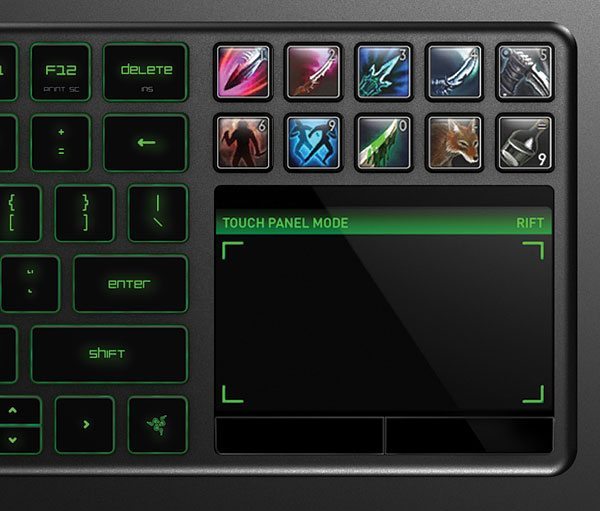 Stock photos used because my CES shots of the Blade are MIA
Stock photos used because my CES shots of the Blade are MIA
The second is the rest of those Switchblade features. The LCD panel works both as a mouse and as a secondary screen, utilizing a proprietary system (I think it may be a separate chip powering it, as similar functions have been available in the past, though not on laptops; Razer declined to comment on how exactly it works or where it gets resources from) to allow completely seamless use of the secondary display without interfering with the main computer. So you can play a game while also streaming YouTube video of, say, a walkthrough to get past a tough area in a game. Or switch the LCD to a number pad for when handling taxes (or even use the 10 buttons as a sideways numpad). There’s no limit to what the panel can do, theoretically. It’s unclear if the SDK will limit what can be done. All Razer shared thus far was that any application can be used for the Switchblade system, but that apps require an icon to appear on the buttons. Otherwise it won’t work.
The specs are as high-end as you can image for a gaming laptop. 1080p display, 2.8GHz dual-core i7, 8GB of DDR3 RAM (1333MHz), Nvidia GT 555 (2GB), and a 256GB SSD. It’s less than an inch thick, has one USB 3.0 and two USB 2.0 ports, an HDMI out, and of course the Switchblade system.
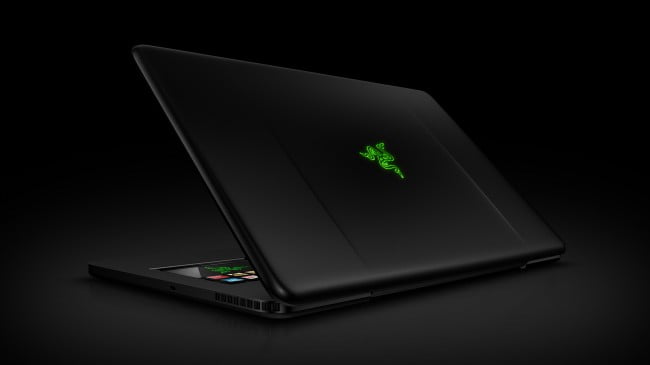
A few additional neat features: the keyboard is completely anti-ghosting; I don’t know if that means it connects via PS/2, but it can read all of the keys simultaneously. It’s also completely backlit, and has a similar chiclet design to Apple laptops. The Blade has a 2MP webcam and supports 7.1 audio out.
What’s clear to me is that the Blade isn’t intended to be an on-the-road gaming laptop. The battery is not extremely high dense or extremely powerful; Razer estimates between 1-2 hours of heavy gaming use on a single charge, which is on-par with today’s gaming laptops. So for a flight from LA to San Francisco, it’ll certainly make the trip and then some, but gamers will be carrying around the charging cable. No, the Blade is intended to be more of a desktop replacement that also provides on-the-go gaming, an HD screen, and excellent build so that users can enjoy their computing experience as much as possible.
The Razer Blade is expected to release in February for approximately $3,000.
![10 Best Laptops for League of Legends in [year] 1 Best Laptop for League of Legends](https://www.gadgetreview.dev/wp-content/uploads/best-laptop-for-league-of-legends-300x211.jpg)
![10 Best Laptops for Sims 4 in [year] 2 Best Laptop for Sims 4](https://www.gadgetreview.dev/wp-content/uploads/best-laptop-for-sims-4-300x163.jpg)
![10 Best Thin and Light Gaming Laptops in [year] 3 Best Thin and Light Gaming Laptop](https://www.gadgetreview.dev/wp-content/uploads/best-thin-and-light-gaming-laptop-300x180.jpg)
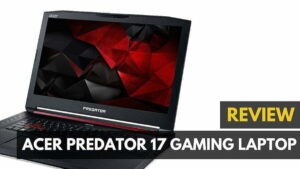
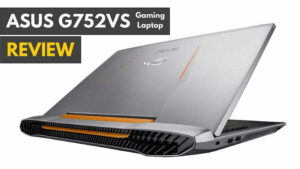
![Best Gaming Laptop Brands in [year] 6 Top Gaming Laptop Brands|Best Gaming Laptop Brands|#2 Best Gaming Laptop Brand|#5 Best Gaming Laptop Brands|#3 Best Gaming Laptop Brands|#4 Best Gaming Laptop Brands|#1 Best Gaming Laptop Brands|Best Gaming Laptop Brands](https://www.gadgetreview.dev/wp-content/uploads/best-gaming-laptop-brands-300x169.jpg)
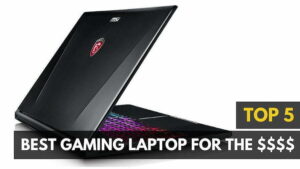
![Best Gaming Laptop Under $1500 in [year] 8 Best Gaming Laptop Under 1500||||||#3 Best Laptop Under $1500|#4 Best Laptop Under $1500|#5 Best Laptop Under $1500|#2 Best Gaming Laptop Under $1500|#1 Best Gaming Laptop Under $1500|Best Laptop Under $1500](https://www.gadgetreview.dev/wp-content/uploads/best-gaming-laptop-under-1500-300x169.jpg)
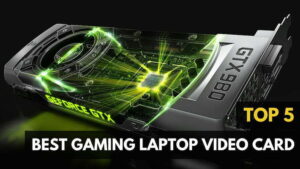
![Best Gaming Laptops To Buy Under $1,000 in [year] 10 Best Gaming Laptop Under 1000|||||||#3 Best Gaming Laptop Under $1](https://www.gadgetreview.dev/wp-content/uploads/best-gaming-laptop-under-1000-1-300x169.jpg)
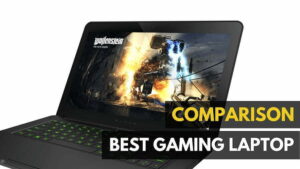
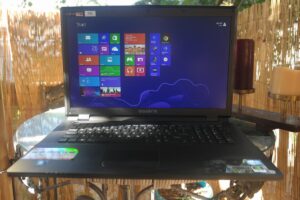
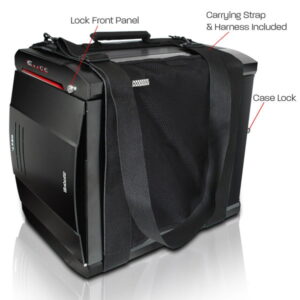
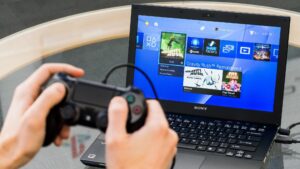
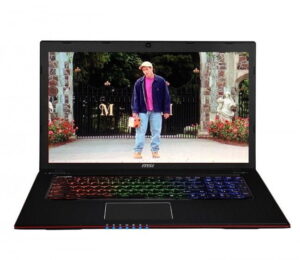
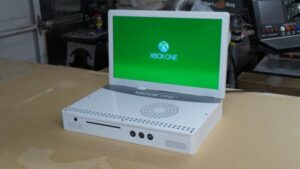
3 responses to “Post Title”